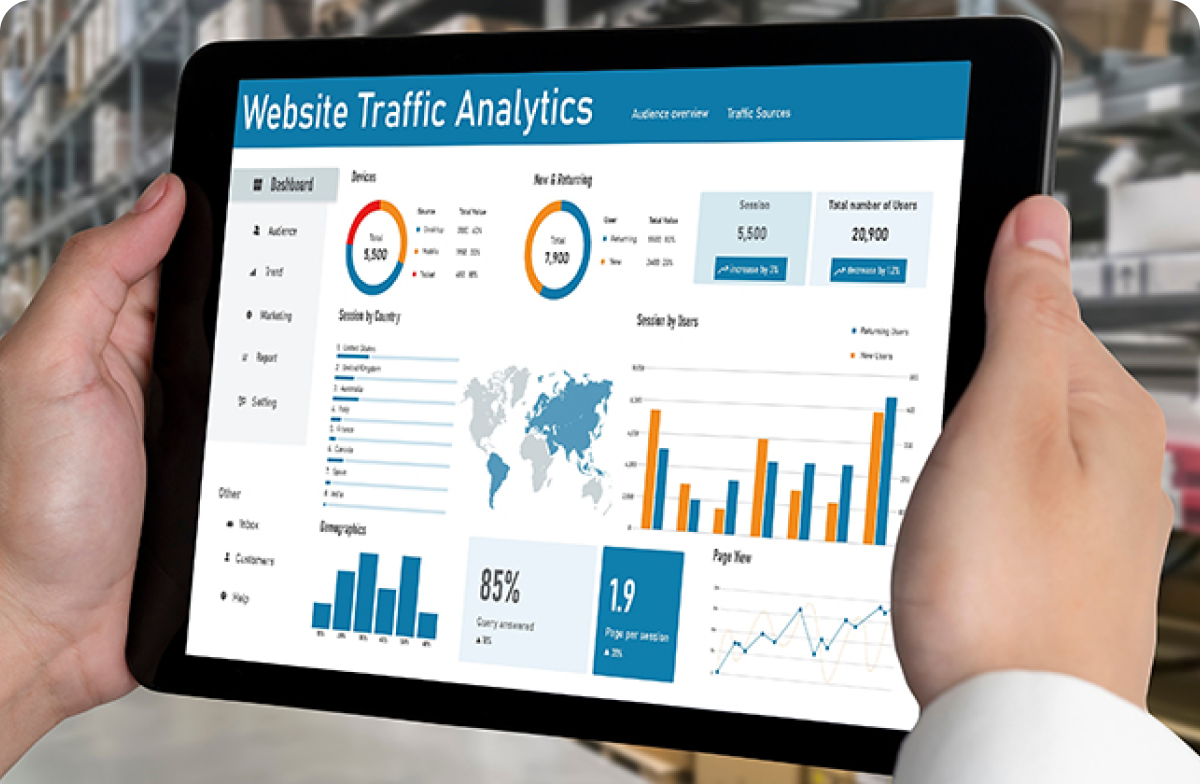Common Challenges in Generating PDFs in Salesforce :
- Content Security Policy (CSP) Restrictions : Salesforce enforces strict CSP rules that can block certain content, such as displaying data: URLs in iframes. This often restricts how PDFs are rendered within LWC and requires workarounds or careful configuration.
- Governor Limits : Salesforce has strict limits on CPU time, heap size, and execution time, which can affect complex PDF generation processes, especially if large amounts of data need to be retrieved or processed.
- Formatting Complexities : Creating custom layouts and styling for PDFs can be challenging. HTML and CSS for PDFs may not render the same way in the browser as they do in a PDF document, leading to design inconsistencies.
- Image Embedding : Including images in a PDF generated in Salesforce can be tricky. Base64 encoding is often required, but this increases the file size, which can impact performance and exceed Salesforce limits.
- Limited Libraries : Salesforce doesn’t natively support advanced PDF libraries, which limits customization options. External libraries like jsPDF are available but may have limitations in complex scenarios, and the use of such libraries can be restricted by CSP.
- Data Privacy : Handling sensitive data within PDF generation requires extra caution. Care must be taken to ensure the data is securely processed, especially if PDFs are generated on the client-side with libraries like jsPDF.
- Browser Compatibility : Different browsers handle iframe content, base64 encoding, and JavaScript PDF generation libraries differently, which can lead to inconsistencies in the user experience.
- Error Handling and Debugging : Debugging PDF generation issues can be complex, as errors might only appear in specific contexts (like certain data or browsers), and the troubleshooting process may be limited by Salesforce's development tools.
- Performance Issues : PDF generation can be resource-intensive, and generating large PDFs with extensive content or high-resolution images can result in performance bottlenecks, both client- and server-side.
Each of these challenges has workarounds, but they often require balancing functionality, security, and performance.
Solution – Use of LWC for PDF Generation
Before diving into the how-to, let’s look at why you might prefer LWC over traditional methods like Visualforce or external tools:
- Modern User Experience : LWC offers a more streamlined and interactive user experience compared to older technologies.
- Efficiency : Using LWC for PDF generation is quicker and more scalable, especially with the ability to call server-side logic via Apex.
- Customisability : With JavaScript and HTML at your disposal, you can create highly customised PDFs that align with your business
- No Third-Party Dependencies : You can avoid the cost and complexity of integrating third-party libraries or services.
Tools You Will Need
- LWC Component : The Lightning Web Component will handle user interaction and the rendering of the PDF.
- Apex Controller : This will interact with the Salesforce backend to fetch data and serve it to the LWC.
- JavaScript Library (Optional) : You can use libraries like jsPDF to make PDF generation more flexible and efficient.
Flow of pdf Generation Process :-

Benefits of Using Lightning Web Components (LWC) to Generate PDFs in Salesforce:
- Modern and Responsive UI : LWC allows for a clean, responsive user interface that’s built using standard web components. This makes it easy to create a dynamic PDF generation experience that matches Salesforce's Lightning look and feel, with intuitive button clicks or interactions for users.
- Enhanced Performance : LWC is built on modern JavaScript, which is optimized for faster rendering and better performance compared to older frameworks like Aura. This means that the PDF generation process can be more efficient, especially for data-heavy applications, reducing lag and providing a smoother experience for users.
- Component-Based Structure : LWC follows a modular approach, allowing you to create reusable components. This helps in building the PDF generation feature in a way that can be easily maintained, updated, or reused in other parts of the application.
- Seamless Integration with Apex : LWCs integrate seamlessly with Apex, allowing developers to retrieve data, process it on the server-side, and then pass it to the LWC for rendering in a PDF. This is ideal for scenarios where sensitive or large volumes of data are involved, as the heavy processing can be handled by Apex.
- Flexible Rendering Options : With LWC, developers can choose to render PDFs inline using iframes or offer them as downloadable files. This flexibility enables tailored user experiences where the PDF can be viewed directly within the Salesforce app or downloaded based on user preference.
Using LWC for PDF generation not only makes the process faster and more efficient but also provides a modern experience aligned with Salesforce's Lightning standards.
Conclusion
Generating PDFs using LWC in Salesforce provides flexibility and efficiency, allowing you to create tailored documents for various business needs. Whether you generate PDFs server-side with Apex or client-side using jsPDF, the key is to choose the right method for your use case. This solution is ideal for creating dynamic, data-driven documents such as invoices, reports, or even contracts.
With LWC and the combination of Apex, you can deliver a modern and seamless user experience that meets both business and technical requirements.
Ready to Transform Your Customer Experience?
Using Lightning Web Components (LWC) for PDF generation in Salesforce enables you to deliver a seamless, efficient, and modern experience to your customers. With responsive UI, enhanced performance, and secure data handling, you can create tailored, professional documents right within your Salesforce environment. By leveraging LWC, you not only improve operational efficiency but also elevate customer interactions, making every touchpoint smoother and more impressive.
Interested in learning more about how our team can help you leverage Salesforce to Generate the pdf using LWC. Contact us today at info@bajajtechnologyservices.com or visit us at www.bajajtechnologyservices.com to unlock the full potential of your insurance business.












